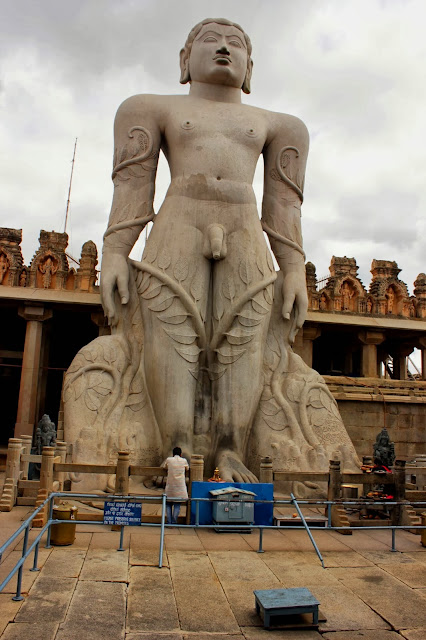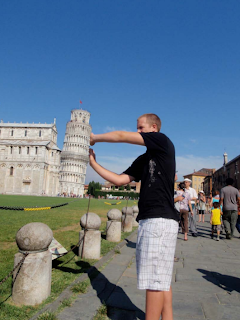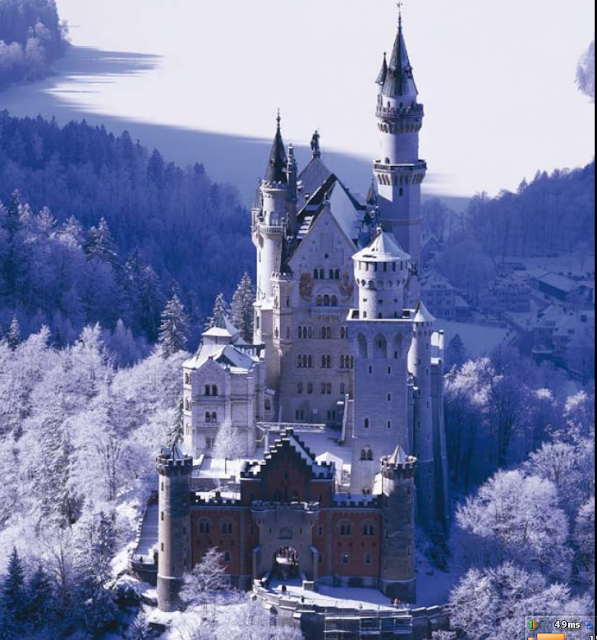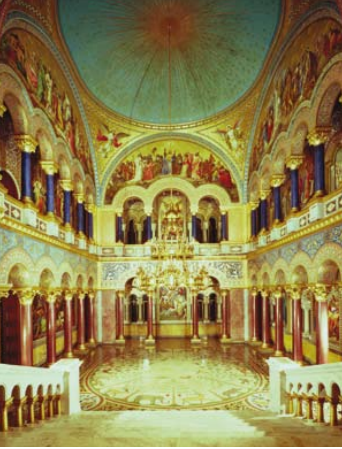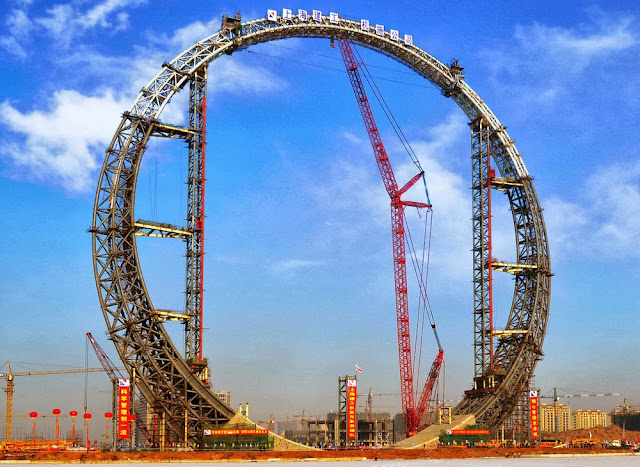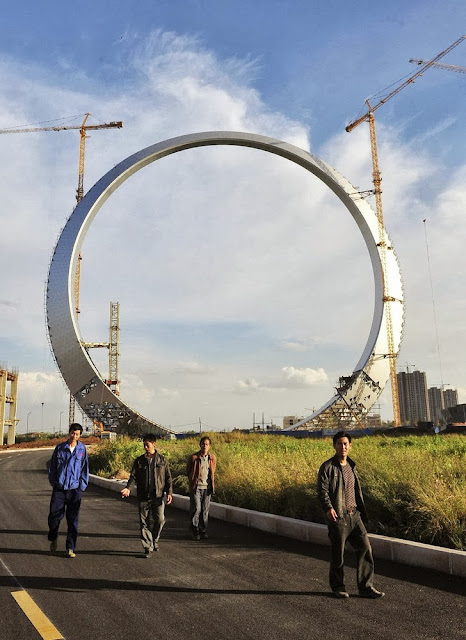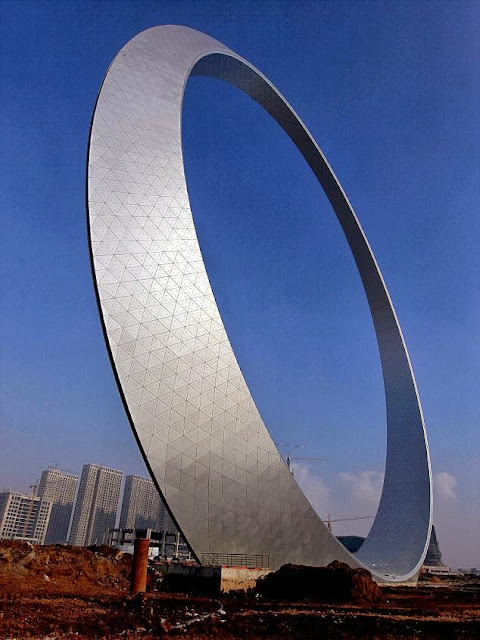Amazing Facts About Koalas
Scientific Name: Phascolarctos cinereus1. Koalas are nocturnal (night active) and arboreal (tree dwelling). They are usually seen during the day while they are asleep or resting.
2. Koalas have grey and white fur . Their feet are adapted for tree-climbing with thumbs on all four feet and sharp claws. Females have a backward-facing pouch.
3. Koalas are herbivores and only eat eucalypt leaves. Koalas are only found in areas with suitable eucalyptus leaves.
4. Each koala eats gum tips from 1,000 trees every year.
5. Koalas are excellent swimmers and are able to cross rivers in order to escape floods or bushfires.
6. Koalas have soft, wool-like fur. This fur is mostly white on the tummy below the neck, and their ears have long white hairs on the tips.
7. They do not live in rainforests or desert areas.
8. Koalas are not bears! They are marsupials, which means that they carry their young in a pouch.
9. Koalas have two thumbs on their front paws. These to help them climb, hold onto the tree trunks and grip their food. Koalas sleep for up to 16 hours a day. They are arboreal, which means that they live in trees.
10. Koalas communicate with each other by making a noise like a snore and then a belch, known as a "bellow".
11. Koalas usually have only one cub per year. When koalas are born, they are only 2 centimeters long, which is about as big as a jellybean! At birth, koala joeys have no fur and their eyes and ears are still closed.
12. The joey stays in its mother’s pouch for about 6 or 7 months, drinking only milk. Before it can tolerate gum leaves, which are toxic for most mammals, the joey must feed on a substance called ‘pap' which is a specialised form of the mother’s droppings that is soft and runny. This allows the mother to pass on to the joey special micro-organisms from her intestine which are necessary for it to be able to digest the gum leaves. It feeds on this for a period of up to a few weeks, just prior to it coming out of the pouch at about 6 or 7 months of age.
13. After venturing out of the pouch, the joey rides on its mother’s abdomen or back, although it continues to return to her pouch for milk until it is too big to fit inside. The joey leaves its mother’s home range between 1 and 3 years old, depending on when the mother has her next joey.
14. Koala babies are known by several names "pouch young", "back young", "juveniles" "joeys" and "cubs".
15. Koalas do not live in big groups but rather prefer to be alone.
16. To take care of itself a Koala needs to be about 1 year old. An adult koala eats about 1/2-1 kilogram of eucalyotus leaves each night.
17. Koalas don‘t normally need to drink as they get all the liquid they need from the leaves they eat. However, they can drink if necessary, such as in times of drought.
18. Koalas have 5 digits on each front paw, two of which are opposed to the others, much like our thumbs are able to be moved differently from the fingers. This helps them to hold firmly onto the branches and to grip their food. The 2nd and 3rd digits on their hind paws are fused together to form a grooming claw.
19. There is a myth that koalas sleep a lot because they ‘get drunk’ on gum leaves. Fortunately, this is not correct! Most of their time is spent sleeping because it requires a lot of energy to digest their toxic, fibrous, low-nutrition diet and sleeping is the best way to conserve energy.
20. Each koala’s ‘home' is made up of several trees called HOME TREES. They visit the same trees regularly. The area covered by these trees is called the koala’s HOME RANGE.
21. Each koala has its own home range, which overlaps those of other koalas but except for breeding purposes, they do normally not visit another koala’s home trees. The size of each home range depends upon a range of factors including the quality of the habitat and the sex, age and social position in the population of the koala.
22. A mature male has a dark scent gland in the centre of his white chest which exudes a dark, sticky substance. He rubs this on his trees to indicate to other koalas that this is his territory.
23. When the joey is born, it’s only about 2 centimetres long, is blind and furless and its ears are not yet developed. On its amazing journey to the pouch, it relies on its well developed senses of smell and touch, its strong forelimbs and claws, and an inborn sense of direction. Once in the pouch, it attaches itself to one of the two teats which swells in its mouth, preventing it from being dislodged from its source of food.
24. Koalas have an unusual fibre-digesting organ called a caecum. Other mammals, including humans, also have a caecum, but the koala's is very long (200 cms) and it has a blind end. It contains millions of bacteria which break down the fibre into substances which are easier to absorb. Even so, the koala is still only able to absorb 25 per cent of fibre eaten, hence their need to eat large amounts of leaves.












